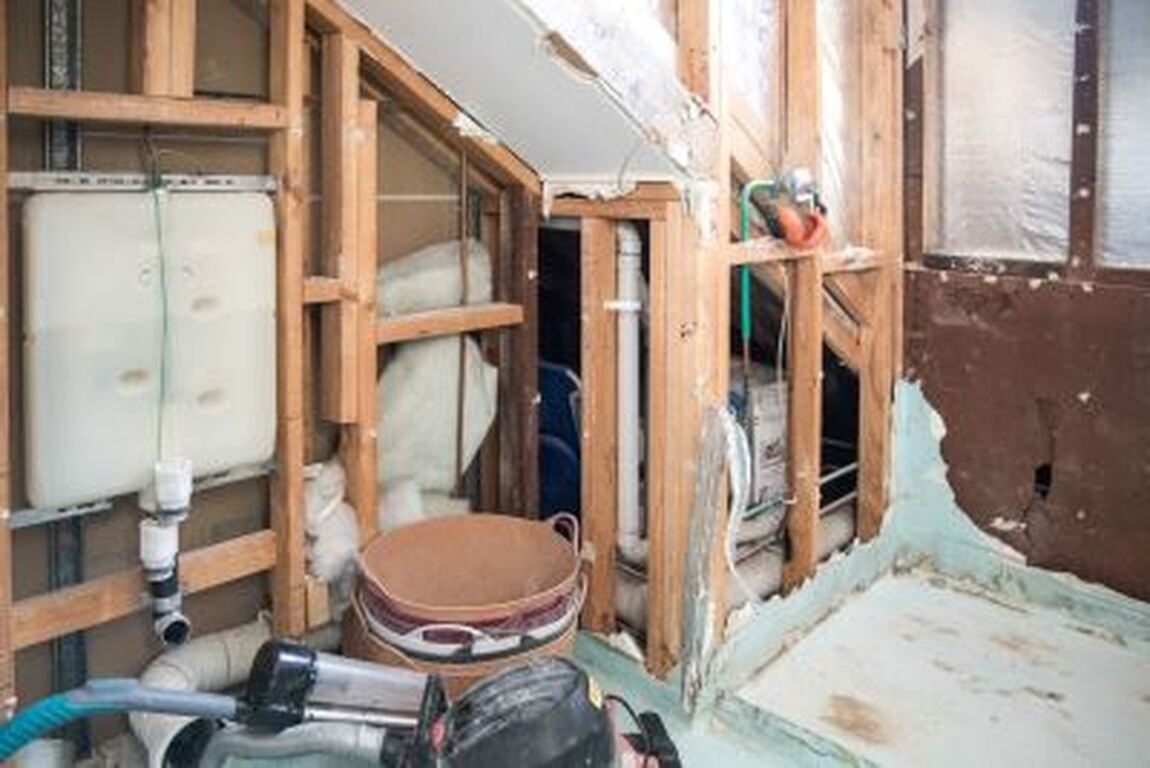Median age of U.S. housing stock getting older during inventory crisis
The housing crisis is expected to persist long after the pandemic ends if the government doesn’t interject soon, a pair of new studies reveal.
Two studies released on Wednesday by the National Association of Realtors (NAR) and Harvard University say that weak residential construction is preventing household wealth accumulation through homeownership and diminishing the amount of safe, clean, and up-to-date homes available.
According to the NAR report, the rate of housing production in the U.S. fell short of an estimated 5.5 million new units from 2001 to 2020 compared to 1968 to 2000. As a result, prices have skyrocketed, weeding out many first-time and first-generation homebuyers on budgets.
As the lack of new supply widens the gap between homeownership and affordability, existing homes continue to get older. According to the Harvard report, the median age of the U.S. housing stock in 2019 was 41 years, up from 34 years in 2007.
In 2019, the Federal Reserve Bank of Philadelphia and PolicyMap found that 45 percent of homes built before 1940 were in need of repair. And, as of 2017, over a third of all occupied homes had structural, plumbing, heating, electrical, and/or pest problems, totaling a collective $127 billion worth of work.
When it comes to extreme weather in at-risk areas, the structures of older residential homes are less likely to withstand disasters. They are also less likely to have energy-efficient systems, thus raising utility costs and straining lower-income homeowners.
In addition, Harvard reported that much of the existing housing stock is not suitable for the aging population.
“Within the next two decades, the number of households headed by people age 75 and over is projected to double from 14 million to 28 million. At that stage of life, mobility typically becomes more limited,” the Harvard report reads. “At last measure in 2011, however, only 3.5 percent of the U.S. housing stock provided three critical accessibility features—a no-step entry, single-floor living, and extra-wide doorways and halls—that help households with reduced mobility to live safely and comfortably in their homes.”
These crises can be eased through the American Jobs Plan proposal. Per the Harvard report, the proposal would pour billions of dollars into building, rehabbing, and retrofitting two million housing units.
“While the fate of this proposal is uncertain, there can be no question about the need for substantial investments in the nation’s housing stock to reduce the residential sector’s contributions to greenhouse gas emissions, safeguard homes and residents against severe weather, preserve the existing supply of affordable housing, and prepare for a rapidly aging society,” the report continues.
In the NAR report, the government was also called on to come up with a solution to the lack of new builds. In what the reporter refers to as a “once-in-a-generation” response, policymakers should turn their focus on things like the funding of affordable-housing development and converting underused commercial space into residential units.
Two studies released on Wednesday by the National Association of Realtors (NAR) and Harvard University say that weak residential construction is preventing household wealth accumulation through homeownership and diminishing the amount of safe, clean, and up-to-date homes available.
According to the NAR report, the rate of housing production in the U.S. fell short of an estimated 5.5 million new units from 2001 to 2020 compared to 1968 to 2000. As a result, prices have skyrocketed, weeding out many first-time and first-generation homebuyers on budgets.
As the lack of new supply widens the gap between homeownership and affordability, existing homes continue to get older. According to the Harvard report, the median age of the U.S. housing stock in 2019 was 41 years, up from 34 years in 2007.
In 2019, the Federal Reserve Bank of Philadelphia and PolicyMap found that 45 percent of homes built before 1940 were in need of repair. And, as of 2017, over a third of all occupied homes had structural, plumbing, heating, electrical, and/or pest problems, totaling a collective $127 billion worth of work.
When it comes to extreme weather in at-risk areas, the structures of older residential homes are less likely to withstand disasters. They are also less likely to have energy-efficient systems, thus raising utility costs and straining lower-income homeowners.
In addition, Harvard reported that much of the existing housing stock is not suitable for the aging population.
“Within the next two decades, the number of households headed by people age 75 and over is projected to double from 14 million to 28 million. At that stage of life, mobility typically becomes more limited,” the Harvard report reads. “At last measure in 2011, however, only 3.5 percent of the U.S. housing stock provided three critical accessibility features—a no-step entry, single-floor living, and extra-wide doorways and halls—that help households with reduced mobility to live safely and comfortably in their homes.”
These crises can be eased through the American Jobs Plan proposal. Per the Harvard report, the proposal would pour billions of dollars into building, rehabbing, and retrofitting two million housing units.
“While the fate of this proposal is uncertain, there can be no question about the need for substantial investments in the nation’s housing stock to reduce the residential sector’s contributions to greenhouse gas emissions, safeguard homes and residents against severe weather, preserve the existing supply of affordable housing, and prepare for a rapidly aging society,” the report continues.
In the NAR report, the government was also called on to come up with a solution to the lack of new builds. In what the reporter refers to as a “once-in-a-generation” response, policymakers should turn their focus on things like the funding of affordable-housing development and converting underused commercial space into residential units.


 Menu
Menu




